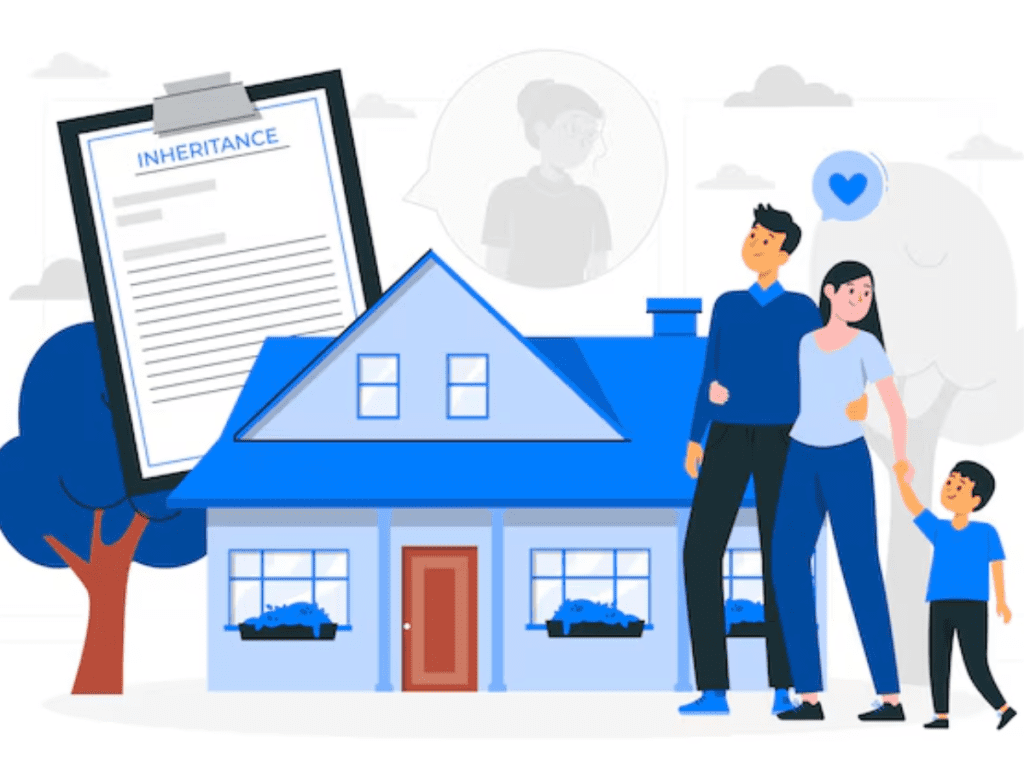Introduction
Of the many steps and procedures involved in obtaining a mortgage loan, the process of applying for a loan and getting approval can be incredibly complicated. In addition to many other factors involved in the process, one thing that is more often than not neglected is homeowners’ insurance. Homeowners’ insurance is crucial in the homeowner’s and the lender’s financial security, as well as it being an indispensable aspect of providing safety to the property in times of unexpected disaster.
Lenders of mortgages insist that homeowners provide evidence of insurance before a loan can be finalized. This is due to the fact that the lender wants to safeguard his investment in the property. In the absence of proper insurance coverage, the value of the property could be lost, putting the lender at risk of losing his investment. Homeowners’ insurance, therefore, acts as a safety measure, which guarantees that the property is protected financially in case of damage or loss.
Why is Homeowners’ Insurance Important to Mortgage Lenders?
In order to realize why homeowners’ insurance is needed for mortgage consideration, it’s worth noting the function of the property as collateral within the loan transaction. A mortgage is essentially a secured loan in which the residence itself serves as collateral. If there is any eventuality that occurs to the property—such as a disaster, fire, or burglary—the lender may have limited options available to them to recover the money they extended to the borrower.
Homeowners insurance is created to offer the protection against such a situation. It guarantees that in case the property gets damaged or destroyed, the lender has the funds to repair or replace the house. Consequently, this provides lenders with the confidence that their investment will be safe, and in most cases, they will ask for evidence of insurance before the completion of the loan.
Without sufficient coverage, there is a strong possibility that the borrower will not be able to pay the amount of repairing or reconstructing the house, and thus end up defaulting on the loan. Homeowners’ insurance thus provides a cushioning effect, protecting both the lender and the borrower from financial loss.
What Does Homeowners’ Insurance Cover?
Whereas homeowners insurance is a normative requirement on most mortgage loans, the category and level of cover required differ with the lending company’s practices and the very property location. Homeowners’ insurance policies mostly cover a variety of key components on average:
- Dwelling Coverage: This is the central part of homeowners’ insurance, as it pays for the repair or rebuilding of the home itself if it is destroyed or damaged by covered events. This includes damage from fire, windstorms, hail, vandalism, and other perils listed in the policy. Most lenders will insist on dwelling coverage equal to or greater than the current market value or replacement cost of the home.
- Liability Coverage: Liability coverage is important for homeowners since it assists in paying for legal expenses and possible settlements in case a person gets hurt on the homeowner’s property. Whether a guest trips on the front porch or gets bitten by the homeowner’s dog, liability insurance keeps the homeowner from having to pay for these costs out of pocket.
- Personal Property Coverage: Personal property coverage protects the homeowner’s belongings in the event of theft, fire, or other disasters. This can include items such as furniture, clothing, electronics, jewelry, and other valuable items inside the home. Homeowners’ insurance policies often include personal property coverage by default, although some borrowers may choose to increase the coverage based on the value of their possessions.
- Additional Living Expenses (ALE): If a covered event makes the home uninhabitable, homeowners’ insurance can cover additional living expenses. This could include temporary housing, meals, and other necessary costs while the homeowner is displaced. This coverage ensures that the homeowner does not face undue financial strain while their home is being repaired or rebuilt.
- Flood and Earthquake Coverage: For some regions that have an elevated exposure to floods, earthquakes, or other particular perils, homeowners’ insurance might not inherently cover these risks. In such situations, lenders might insist that the homeowner make additional purchases to provide complete protection. For instance, properties located in flood areas might call for extra flood insurance, which is not included in the standard homeowners’ policies.
- Hazard Insurance: Homeowners may also be required by lenders to carry hazard insurance, which generally covers individual events such as fires or windstorms. It can overlap with dwelling coverage but is primarily designed to cover natural or man-made disasters that would cause extensive damage to the property.
How Homeowners’ Insurance Impacts Loan Approval
For mortgage lenders, homeowners’ insurance is among the most important factors in deciding whether a borrower qualifies for a loan. Borrowers are usually required by lenders to present evidence of insurance during the underwriting process. The evidence typically consists of the name of the insurance company, the policy number, and information regarding the coverage limits.
If the borrower does not get homeowners’ insurance or if the insurance is insufficient, the lender can hold back on the approval process or reject the loan in extreme situations. In certain instances, the lender can intervene and buy insurance on the borrower’s behalf, but this is generally an expensive option and usually makes the borrower pay more for the premiums.
The level of insurance and the policy type a borrower purchases may further affect the whole approval process. For example, if the homeowners’ insurance policy premiums are inordinately expensive, they can negatively affect the borrower’s debt-to-income ratio, which forms an integral component of the approval process for mortgage. The lenders determine the borrower’s financial status to make sure that they can meet not just the mortgage payments but also any other expenses, such as the homeowners’ insurance.
Additionally, homeowners’ insurance premium is typically factored into the monthly home loan payment. It is common for lenders to mandate that the borrower escrow the insurance premiums, whereby a portion of the monthly home loan payment is used to pay for the insurance. It ensures the insurance is active and continues to protect the property.
The Financial and Legal Implications of Homeowners’ Insurance
Aside from the initial mortgage approval, homeowners’ insurance is an important factor in the long-term financial well-being of the homeowner. In the event of loss or damage to the property, homeowners’ insurance offers financial support in paying for repair or replacement. Without it, a homeowner could be left in serious financial straits, as the expense of repairing a damaged home could be staggering.
In addition, most lenders will not disburse the mortgage unless the insurance needs are fulfilled, and this condition is in place for the entire duration of the loan. In case the homeowner does not keep proper insurance, the lender will step in and force-place insurance, which will usually be more costly than coverage procured by the homeowner. Not keeping proper insurance can also lead to legal repercussions, as it is a breach of the mortgage contract’s terms.
How Homeowners’ Insurance Protects Both Borrowers and Lenders
Homeowners’ insurance is not merely a necessity—it is a protection for both the borrower and the lender, providing a sense of security and peace of mind. For the homeowner, insurance coverage means that they will be able to rebuild their lives in case of a disaster. Whether it’s a fire destroying personal items or a storm breaking the roof, the right policy of insurance gives homeowners the kind of financial relief they require in order to make a comeback.
For loan providers, it ensures that investment made in property is not eroded, even in the event of extensive destruction or damage. This protection is particularly significant given that the lender’s main source of repayment is the property itself. In the event that the property is uninhabitable or heavily damaged and uninsured, the lender risks having to foreclose or seek other means of recovering their investment, which can result in huge financial losses.
Insurance and the Mortgage Closing Process
When taking out a mortgage, it’s important to remember that homeowners’ insurance must be obtained prior to the loan closing. Indeed, mortgage lenders will usually insist that borrowers provide evidence of homeowners’ insurance at the time of closing. This protects the property and the lender from financial loss.
At closing, the borrower will typically be required to pay the first year’s premiums in advance, either to the insurance company or as a part of closing costs. The insurance policy must also be active at the time of closing to meet the lender’s requirements. If the insurance coverage does not exist or if it is determined that it is not adequate, the closing can be postponed until the borrower obtains the necessary coverage.
At times, a lender will agree to assist in the purchase of the homeowner’s insurance on behalf of the borrower, either by offering a list of acceptable insurance providers or by procuring the coverage directly. Nevertheless, it is the borrower’s duty to see to it that the policy for insurance is compliant with the lender’s terms and is active at the time of closing.

